Meaning of Robotics
The meaning of robotics can be given simply as the machine which is capable of being controlled through a signal or remote device. It is a branch of engineering that combines three different engineering streams like mechanical, electrical and computer science engineering. It deals with designing, assembling, functioning and application of robots in various sectors.
Robotics can be applied to the tasks demanding high precision and accuracy and the tasks that are required to be performed multiple times, which humans might find difficult to perform. Robots are capable of doing these kinds of tasks on their own or can act accordingly based on the human instructions. Nowadays, most of the robots are made by taking inspiration from various living organisms.
The word robotics was developed from the word robot which was first introduced in the year 1920 by the Czech writer Karel Čapek in his play R.U.R. The word robot itself got derived from the slavic word robota which has a meaning of labour.
Main characteristics of a robot
A robot holds certain characteristics for smooth functioning. And some of the main characteristics of a robot are mentioned below:
A robot is normally constructed based on the mechanical design in order to carry out a specified task or a group of tasks.
A robot is powered and controlled by the electrical components.
The functioning and decision making capability of a robot are done through using software programming.
5 Major Robotic Areas
The complex nature of the robotic systems has resulted in the formation of five major robotic areas such as:
Operator interface
Mobility or locomotion
Manipulators & Effectors
Programming
Sensing & Perception
Operator Interface
It is important for a robot to communicate easily and effectively with the human operator who is controlling it. This communication is made possible by the operator interface known as Human Robot Interface which permits the human operator and robot to communicate with each other. This interface is helpful for the operator to give certain pre-programmed orders to the robot for execution.
Let’s look at an example for such an operator interface. The best suited example is the gaming controller which serves as the basic form of Human Robot Interface (HRI). Here a player can make a set of commands to the gaming system which can be executed in the game. And another best example to the HRI is the central control room or the touch computer screen in a manufacturing industry. The operator inside the control room gives certain commands to the conveyor or any robotic machines for execution on the industrial floor.
The designing of HRIs requires a special care and must be easy enough to be usable for all so that the operators can communicate effectively with robots for accurate performing of tasks.
Mobility or Locomotion
Locomotion is an important aspect for a robot to execute a task effectively. A robot must move freely in its working environment and this movement is referred to as locomotion or mobility in robotics. A robot locomotion can be done in numerous ways. For instance, few robots imitate human walking and do movements exactly like the humans. Some robots like flying bots or drones do locomotion by flying through the usage of propellers and propulsion systems. And the robots which are normally sent to outer space for inspecting other planets use wheels for their locomotion. The type of locomotion is determined based on the environment where the robot is used and also on the decision of the design engineer who decides the locomotion based on the requirement.
Manipulators & Effectors
Manipulators and effectors are used by the robots for making interaction with the surrounding environment. Through these robots pick, move and manipulate certain objects in order to complete the tasks. Human based robots normally make use of digits and appendages in the place of hands for performing various tasks. In the case of industries, the industrial robots have pushers, claws and pincers for the manipulation and these are best suited for the movement of heavy pieces of materials and equipment.
Programming
Programming is the core ingredient of a robot which acts as the language used by the programmer or operator to communicate with the robot. Basically, programming has to be done for each and every action a robot is supposed to do. In recent times, an advanced level of programming is being done for allowing the robots to learn and adapt automatically to the environment on its own and this is considered to be one of the most remarkable achievements in the scientific world.
Either the operator can give commands to the robot in real time for performing certain tasks or the operator can program the robot to perform a sequence of tasks automatically on its own. And regardless of the commanding method, the programming of robots can be done by using numerous programming languages.
Sensing & Perception
The information like the surrounding space where the robot is present, where it must go, any obstacles present in the space, etc. are collected by the robot through sensing and perception. Various types of sensors are utilised in the robots for making these kinds of sensing. Sensors in robots are also helpful in deciding how to react to the objects it comes across. Sensors must be selected carefully based on the robot’s requirements for making the correct decisions.
Also read : Machine Learning Projects Ideas
4 Types of Robots used in Industries
Robots are mostly employed in the industries for carrying out difficult and complex tasks. Normally, the industrial robots can be categorised into four main types such as:
Articulated Robots
SCARA Robots
Delta Robots
Cartesian Robots
Articulated Robots
Articulated robots are the most widely used ones in the industrial sector. These robots are much similar to the CNC milling machine and are categorised by the number of rotation points or axes present in them. 6 axis articulated robots is the most commonly used ones in the industries whereas there are also 4 axis and 7 axis robot units available in the market.
SCARA Robots
A SCARA (Selective Compliance Articulated Robot Arm) robot is the most cost effective robot available in the industrial sector. It is considered to be the best choice for doing operations between two different and parallel planes. Normally these robots are used for moving the objects from a tray to a converter. SCARA robots are also good at doing vertical types of assembling processes.
Delta Robots
Delta robots make use of three base motors mounted within them for actuating the control arms, so that the wrist can be positioned to do the operations. This category of robots are also known as spider robots. The most basic and commonly used delta robots are naturally 3 axis units whereas other types like 4 axis and 6 axis models are also utilised in the industries.
The arms of the delta robots are normally lightweight due to the mounting of actuators either on or very nearer to the stationary base. The movement of objects is done rapidly due to the fact of light weight and this makes them ideal for the light load and high speed operations.
Cartesian Robots
Three or more linear actuators are present in the cartesian robots which are normally assembled to make them suitable for doing certain tasks. These robots can be placed above the work place in the industry and can be lifted using two parallel rails to increase the industrial floor space whenever required. By doing so, numerous workpieces can be placed on the free space.
Robotics Projects for Engineering Students
The designing, programming and maintaining of robots and robotic systems demands a huge number of technicians and this results in the vast job opportunities in the robotics sector. Due to numerous job openings, the field of robotics is expanding and developing in a rapid manner. Hence it is important for the engineering students to do final year projects on robotics.
So the final year students are suggested to work on the robotics projects for final year such as wall track robots, line following robots, pick and place robots, hexapods and fire fighting robots. This might help them to secure a good job in the robotics field which has a quite high payscale.
Also read : Deep Learning Projects Ideas
Top Robotics Projects Ideas
Some of the top robotics projects ideas were suggested for the robotics projects for engineering students. They are:
Smart Domestic Robots
Mobile Operated Java Robots
Mobile Operated Android Robots
Underwater Research Robots
Mechanical Sensor simple robots
Motion Sensor simple robots
Light Sensor simple robots
Chemical Sensor Robots
Metal Sensor Robots
Voice Controlled simple robot
PC Controlled simple robot
GPS Controlled Robots
Top Projects on Robotics
The top projects in robotics are listed below for the students reference:
Conclusion
This article discusses the importance of doing projects in robotics which can get them placed in good job opportunities. This article also briefs about the meaning of robotics, characteristics of robots, major robotic areas, different types of robots utilised in the industries and top robotics projects ideas.
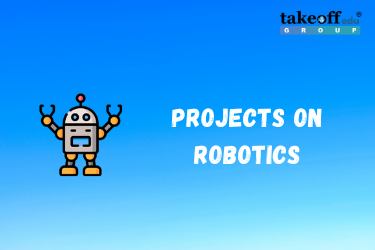
 Smart Irrigation with Embedded AI: Digital Farming
Smart Irrigation with Embedded AI: Digital Farming  Designing Smarter Cities: Embedded IoT Systems for Urban Innovation
Designing Smarter Cities: Embedded IoT Systems for Urban Innovation  Top 5 PIC16F77A Projects for Embedded Students
Top 5 PIC16F77A Projects for Embedded Students  Top 7 Arduino Projects for Students
Top 7 Arduino Projects for Students 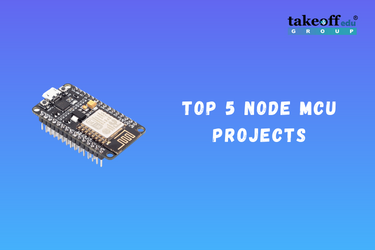 Top 5 Node MCU Projects
Top 5 Node MCU Projects  Top 5 Raspberry Pi Projects
Top 5 Raspberry Pi Projects  Top 7 ARM7 Project Ideas
Top 7 ARM7 Project Ideas  Top 5 Mechatronics Projects for ECE
Top 5 Mechatronics Projects for ECE  Top 5 Renewable Energy Projects Ideas
Top 5 Renewable Energy Projects Ideas  Top 7 Biomedical Projects for Students
Top 7 Biomedical Projects for Students  Top 7 Artificial Intelligence Project Ideas
Top 7 Artificial Intelligence Project Ideas  Top 7 WSN Projects for Students
Top 7 WSN Projects for Students  Top 7 Machine Learning Projects for BTech & MTech
Top 7 Machine Learning Projects for BTech & MTech  Top 7 Image Processing Projects
Top 7 Image Processing Projects 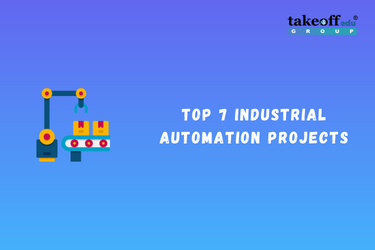 Top 7 Industrial Automation Projects
Top 7 Industrial Automation Projects  Top 7 Deep Learning Projects for Final Year Students
Top 7 Deep Learning Projects for Final Year Students 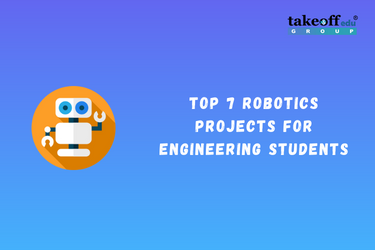 Top 7 Robotics Projects for Engineering Students
Top 7 Robotics Projects for Engineering Students  Top 7 IoT Projects for Students
Top 7 IoT Projects for Students  Arduino based Projects for Final Year
Arduino based Projects for Final Year  Embedded Projects for ECE
Embedded Projects for ECE  FPGA Projects for Engineering Students
FPGA Projects for Engineering Students  New Deep Learning Projects Ideas & Topics 2022
New Deep Learning Projects Ideas & Topics 2022  Machine Learning Projects for Final Year CSE
Machine Learning Projects for Final Year CSE 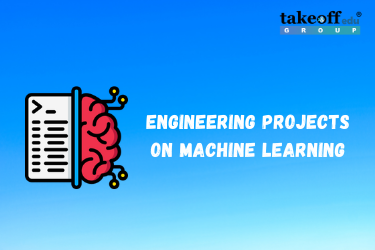 Engineering Projects on Machine Learning
Engineering Projects on Machine Learning  Wireless Sensor Network Projects
Wireless Sensor Network Projects  Wireless Sensor Network Projects with Source Code
Wireless Sensor Network Projects with Source Code  Latest Bio Medical Projects for Students
Latest Bio Medical Projects for Students  Innovative Bio Medical Project Ideas & Topics 2022
Innovative Bio Medical Project Ideas & Topics 2022 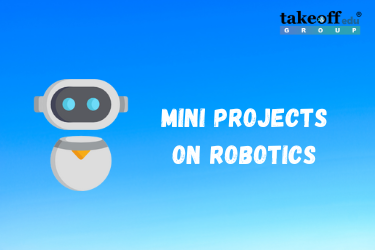 21+ Interesting Mini Projects on Robotics
21+ Interesting Mini Projects on Robotics  Innovative IoT Project Ideas for Engineering Students 2022
Innovative IoT Project Ideas for Engineering Students 2022  Latest Mini Projects for ECE Students 2022
Latest Mini Projects for ECE Students 2022 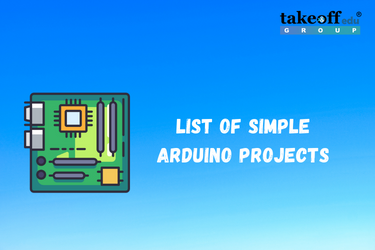 List of Simple Arduino Projects
List of Simple Arduino Projects 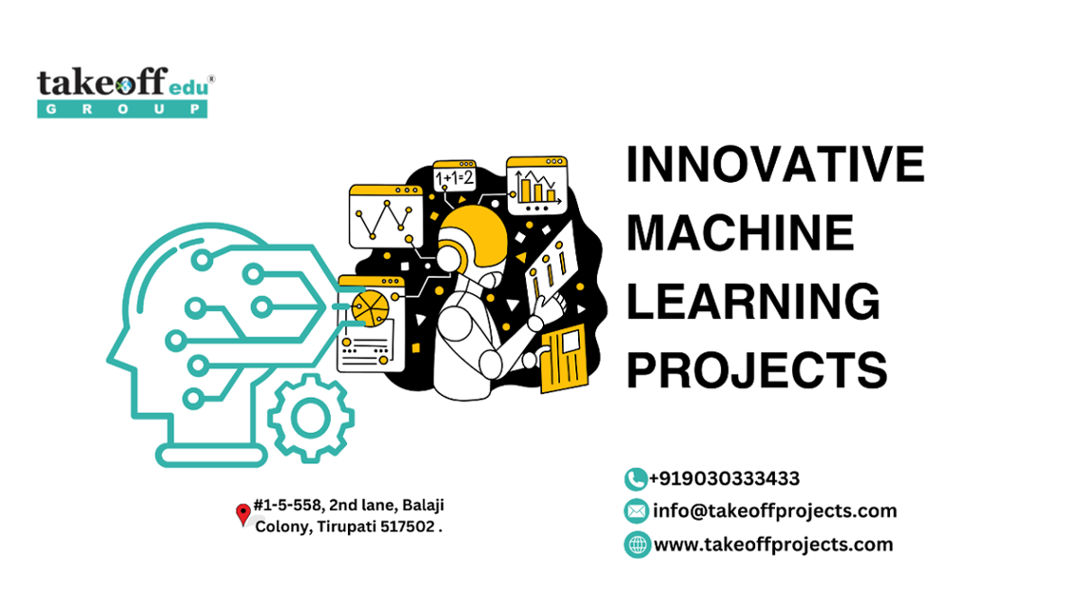 Innovative Machine Learning Projects
Innovative Machine Learning Projects  9 Raspberry Pi Final Year Projects
9 Raspberry Pi Final Year Projects  7 Interesting IoT Based Projects
7 Interesting IoT Based Projects  Top 10 Real Time Embedded Systems Projects for Students 2022
Top 10 Real Time Embedded Systems Projects for Students 2022 
 Paper Publishing
Paper Publishing


